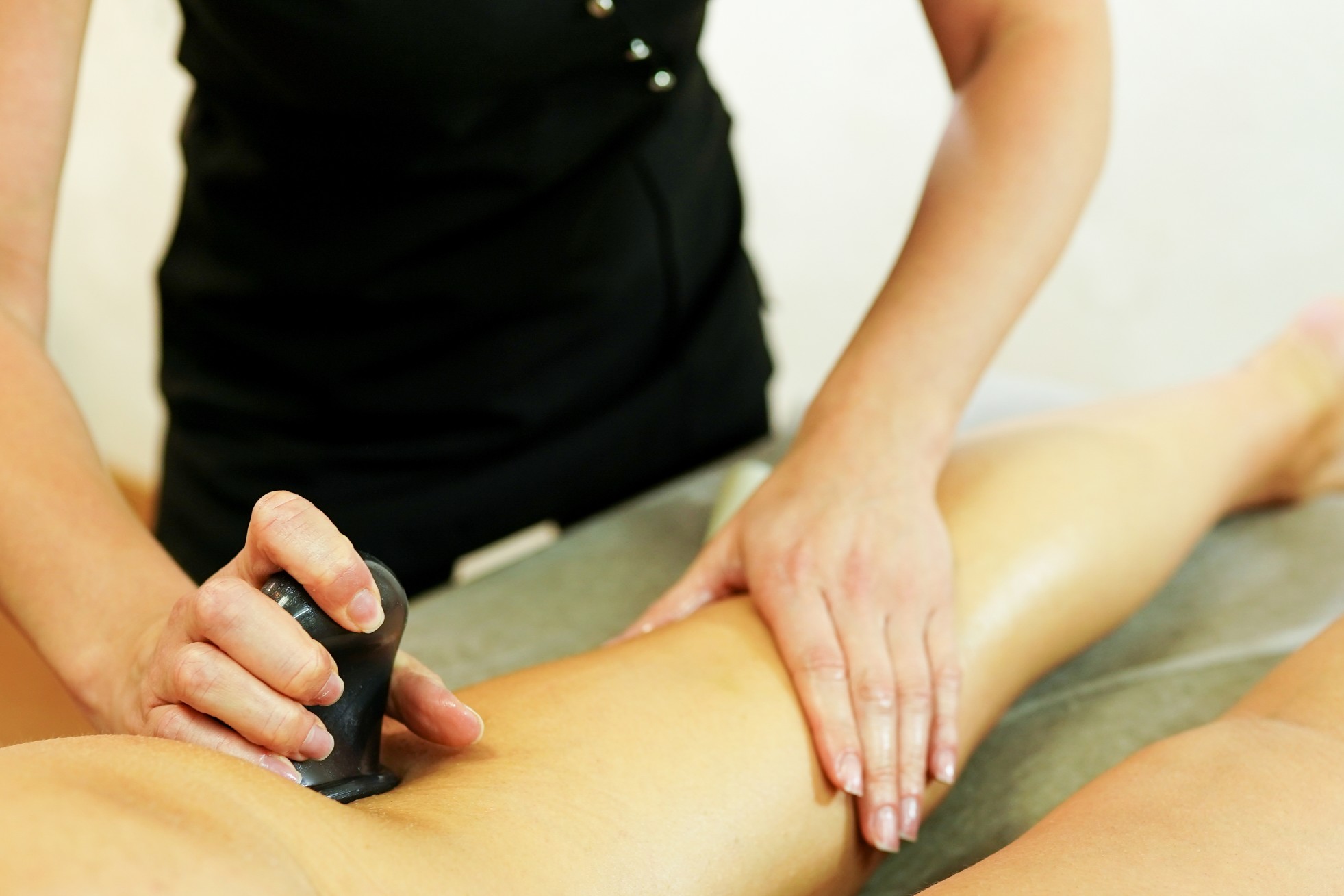Although cupping is an ancient therapy that has been practiced for thousands of years in Egyptian, Chinese, and Middle Eastern cultures, it is relatively new here in America. In fact, the practice has only gained a following in the last two decades, thanks in large part to the exposure given it by famous athletes such as Michael Phelps.
Cupping is utilized by a diverse number of medical professionals, from physical therapists, massage therapists, and acupuncturists to physicians and chiropractors. It is typically used to treat medical conditions that cause pain.
Did You Know? Cupping was documented as a treatment in one of the world’s oldest medical textbooks, written in approximately 1550 B.C.
What Exactly is Cupping?
Cupping uses a glass, ceramic, bamboo, or plastic cup to suction the patient’s skin. Cupping is generally not painful but may feel uncomfortable for some patients.
Dry cupping is the most commonly practice therapy, but other types of cupping include:
Massage Cupping: Once the cups are suctioned onto the skin, the practitioner moves them around to create a “massage.”
How Does Cupping Work?
Cupping can improve circulation, promote healing, and minimize pain by creating suction on the skin.
The cupping therapy session will vary based on which treatment you will be receiving. Some practitioners use the traditional “fire cupping therapy,” which utilizes a flammable substance such as herbs or alcohol to create a fire in the cup. Once the fire is extinguished, the cup is rapidly placed on the patient’s body, creating suction. As the air cools, the vacuum causes the skin to rise in the cup.
A practitioner can obtain the same suction by using modern cups featuring air pumps. These permit the therapist to control the amount of air removed from the cup, establishing suction.
Cups are typically left on the skin for about three minutes or moved along the skin to create a massage.
Benefits of Cupping Therapy
Cupping is believed to promote healing and muscle recovery. It is also used to treat:
- Skin issues
- Neck, shoulder, back, and knee pain
- High blood pressure
- Fibromyalgia
- Migraines
- Arthritis
- Gastrointestinal disorders
A 2018 research study discovered that cupping may assist in clearing excess heavy metals from the blood and have an excretory effect on the kidneys.
Who Should Avoid Cupping Therapy?
Cupping therapy is considered safe most of the time, but some individuals may need to avoid this treatment. These patients include those with epilepsy, hemophilia, history of stroke, eczema, or psoriasis.
While pregnant women may seek this treatment to relieve neck or leg pain, practitioners should avoid applying it in the abdomen or lower back in pregnant women.
Those taking blood thinners should not consider cupping.
Cupping is generally not recommended for children or senior citizens.
Would Cupping Work for You?
Cupping is often used in conjunction with acupuncture to treat various illnesses. If you are interested in learning more about these traditional, holistic treatments for your medical conditions, call Longevity Wellness Clinic today for a consultation.



